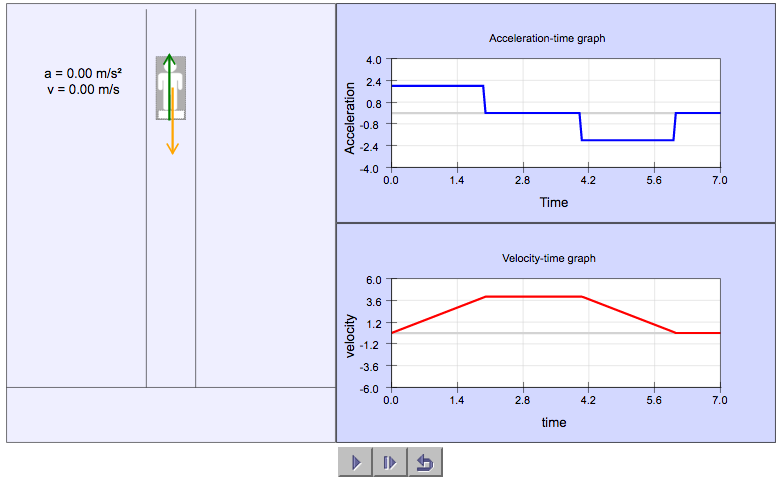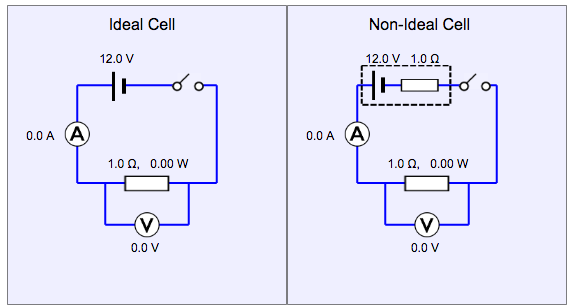It’s interesting to note the differing views regarding the explanation for how a thin stream of water can get bent when a charged object is placed near it. It started with these two videos from Veritasium:
This video then sets out to disprove Veritasium’s model of ions being removed from the water stream.


